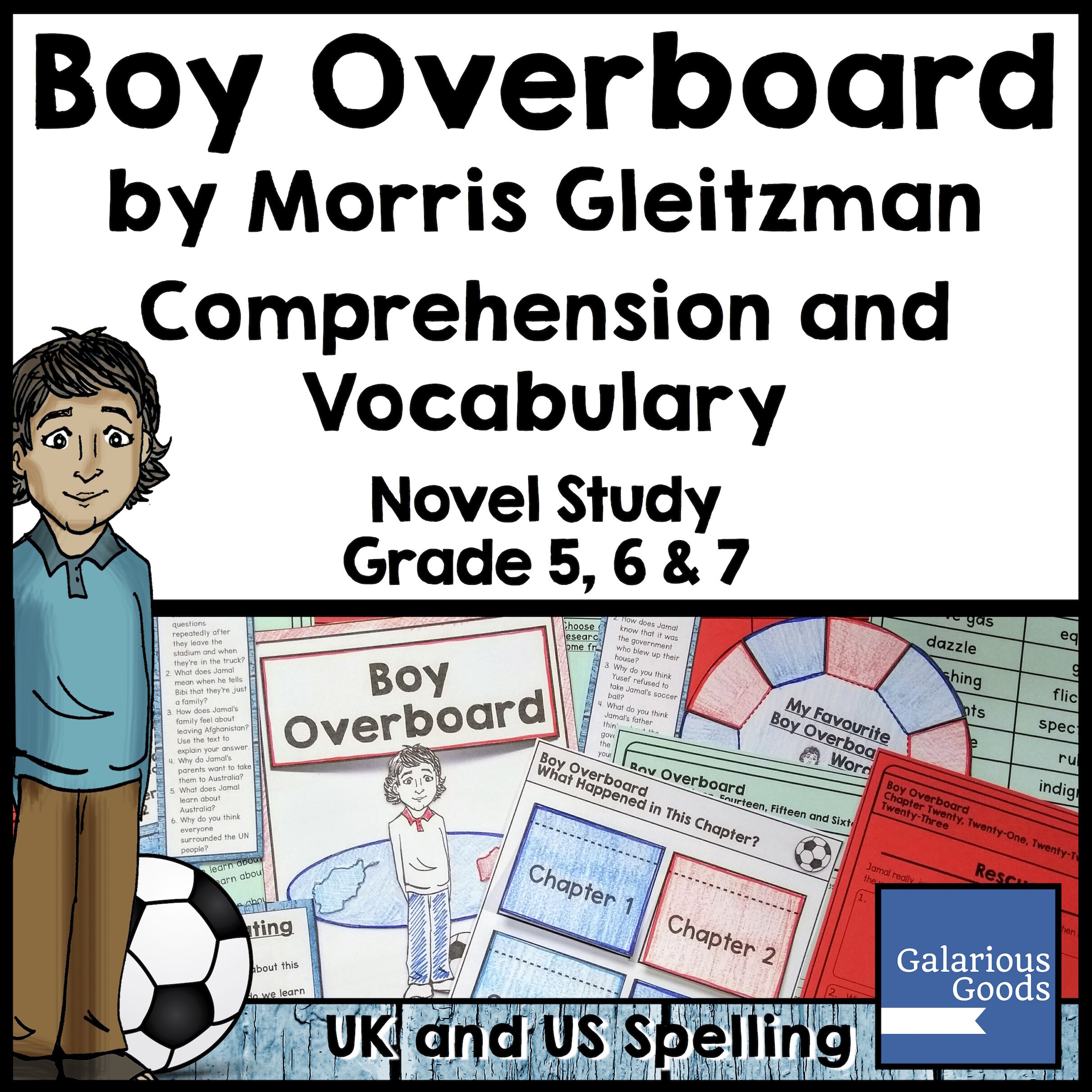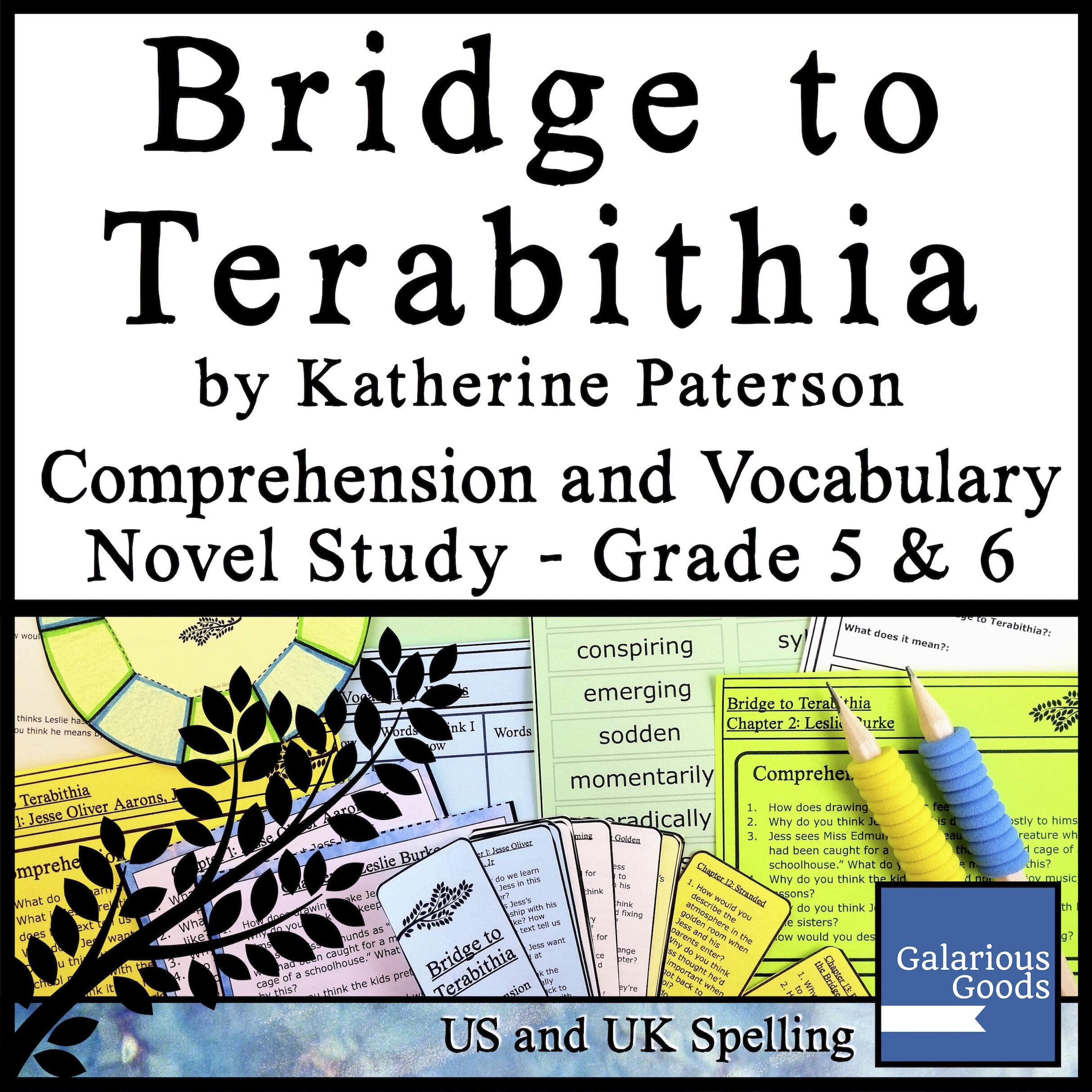How Not to Teach the Vocabulary of a Novel (and 4 ways to teach it instead)
/Are you about to read a new novel with your class and you want to concentrate on vocabulary? Here’s a cautionary tale about how not to teach vocabulary with a classroom novel . . . and four ideas to improve vocabulary when exploring a novel sized piece of text.
When I was in high school, we were assigned a classic novel to read as a class. This classic novel was filled with vocabulary words which were unfamiliar or less familiar to us. To help us with this, our teacher gave us a vocabulary list . . . and then told us to define every word as we read the novel.
It turned the reading experience into an absolute slog. Every time I read a new chapter, I had to haul out a dictionary (these were pre-internet dictionary times!), search for the words in the list, look them up, write out the definition and then figure out what it meant in the context of the text. By the time I got a few pages into the chapter, I’d forgotten what happened at the start of the chapter and I’d have to start again. It completely frustrated the whole class and many students gave up on the novel altogether.
But how can you still focus on vocabulary without taking away the enjoyment of the novel? Here’s four ideas to try in your class - don’t forget you can mix and match them as you like.
1. Introduce Vocabulary Before You Start
One thing to reflect on is why you are exploring vocabulary. If you’re teaching dictionary skills, that can be done with any collection of words and probably shouldn’t be connected to a novel. If you’re trying to make it easier for students to understand the text, though, why not introduce any complex words before they start?
This is a great way to use vocabulary lists. Present them to the students before you explore a chapter or make them available for students to access while they’re reading. Students can use the list to identify any words they’re not sure of, they can engage in discussions about what those words might mean or they can look them up.
By doing this, students aren’t spending ‘busy time’ defining words they already know the meaning of and they’re already aware that there’ll be some words which they’ll have to think about when they’re reading. If they haven’t looked them up yet, they might be able to use context clues to get a better understanding of the word, if they have looked them up, then they’ll approach the text with that additional knowledge.
This is also a good way just to get students thinking about language used in a book, even if they don’t define them. They’re seeing that words and word choice is important, allowing for further discussions about this while they read.
2. Go On a Vocabulary Hunt
As students read a chapter or several set chapters, challenge them to find any interesting words - or words which are used in interesting ways. Students can make a quick note of these words in their notebook or on a post it note to come back to later.
When they’ve finished reading, students can compare the words they’ve found. They might like to see if there were any words which several students identified and discuss why those words stood out to the students. Students can also compare their words with a prewritten vocabulary list or make their own vocabulary list for the chapter or chapters.
Once students have these words they might like to add them to a classroom display of words or an online shared file. This student led activity opens the door for further exploration of the language used and serves as a prompt for students to use some of these words in their own writing.
3. Examine a Vocabulary Word in Context
This requires only one vocabulary word. However, if you have a lot of words to explore, you can assign different words to different students or different pairs of students. Ask the students to locate the word in the text and to write down the sentence it’s used in. The students can then explore how it works within the sentence - what type of word is it? Does it evoke a feeling or an emotion? Is it part of figurative language?
When students have discussed the word, they can try substituting a different word into the sentence. They can examine it to see if another word could work better or how it might change the sentence if another word was used.
4. Group the Vocabulary
Once students have a group of vocabulary words - either from a vocabulary list or a group they have created themselves, students can look at how these words might relate to each other. Students can organise the words into smaller groups, based on any characteristics they like. Working in a small group or partners, they can discuss why different words might belong in a certain group or why they should be in a different group. They can then try to rearrange them into new groups based on different characteristics.
This activity is a way of making the vocabulary from a novel more familiar to students, so they are more likely to identify it if they come across it in another context. Allowing students time to give characteristics to a word or to make connections with other words, allows the words to become part of their schema - generally making them better readers!


















